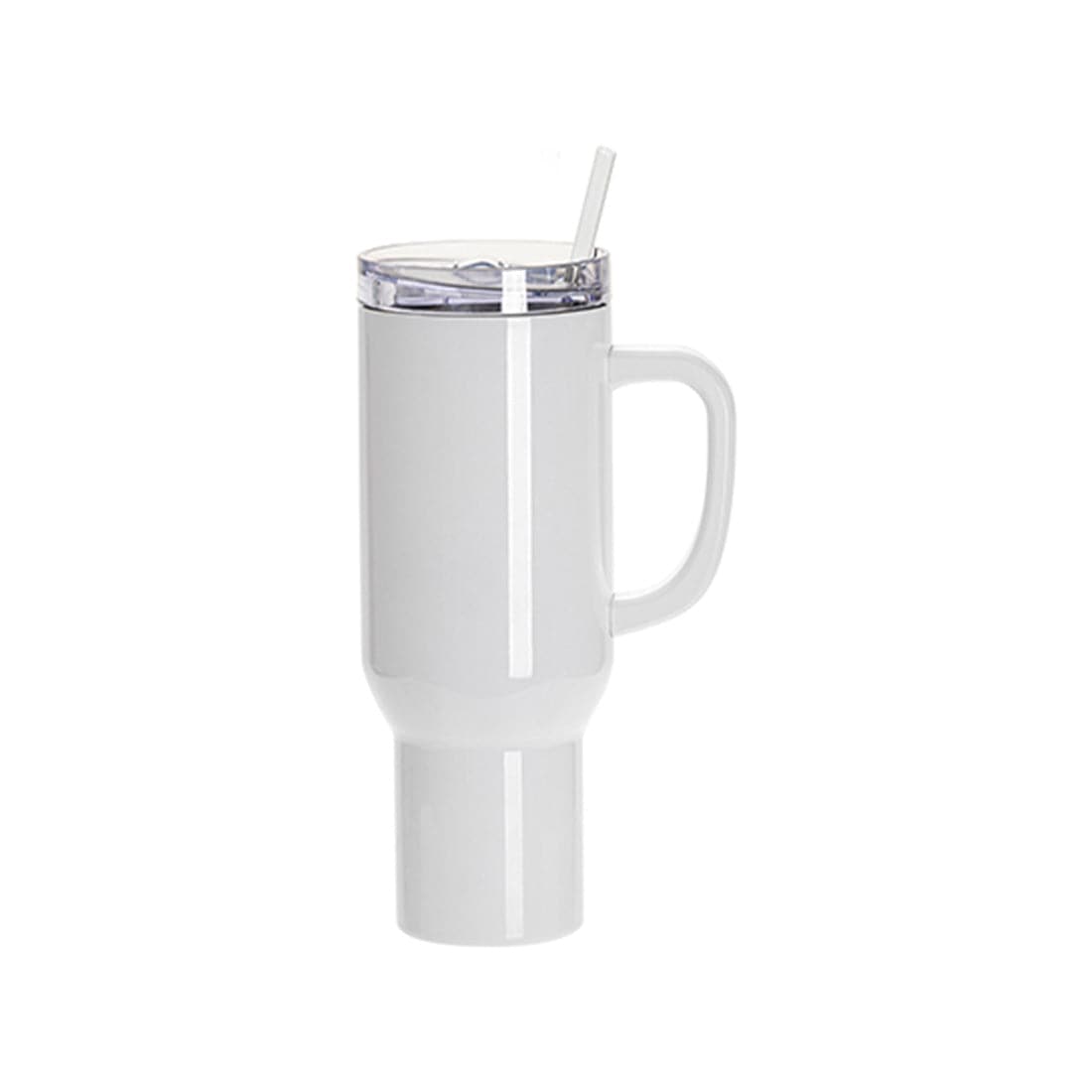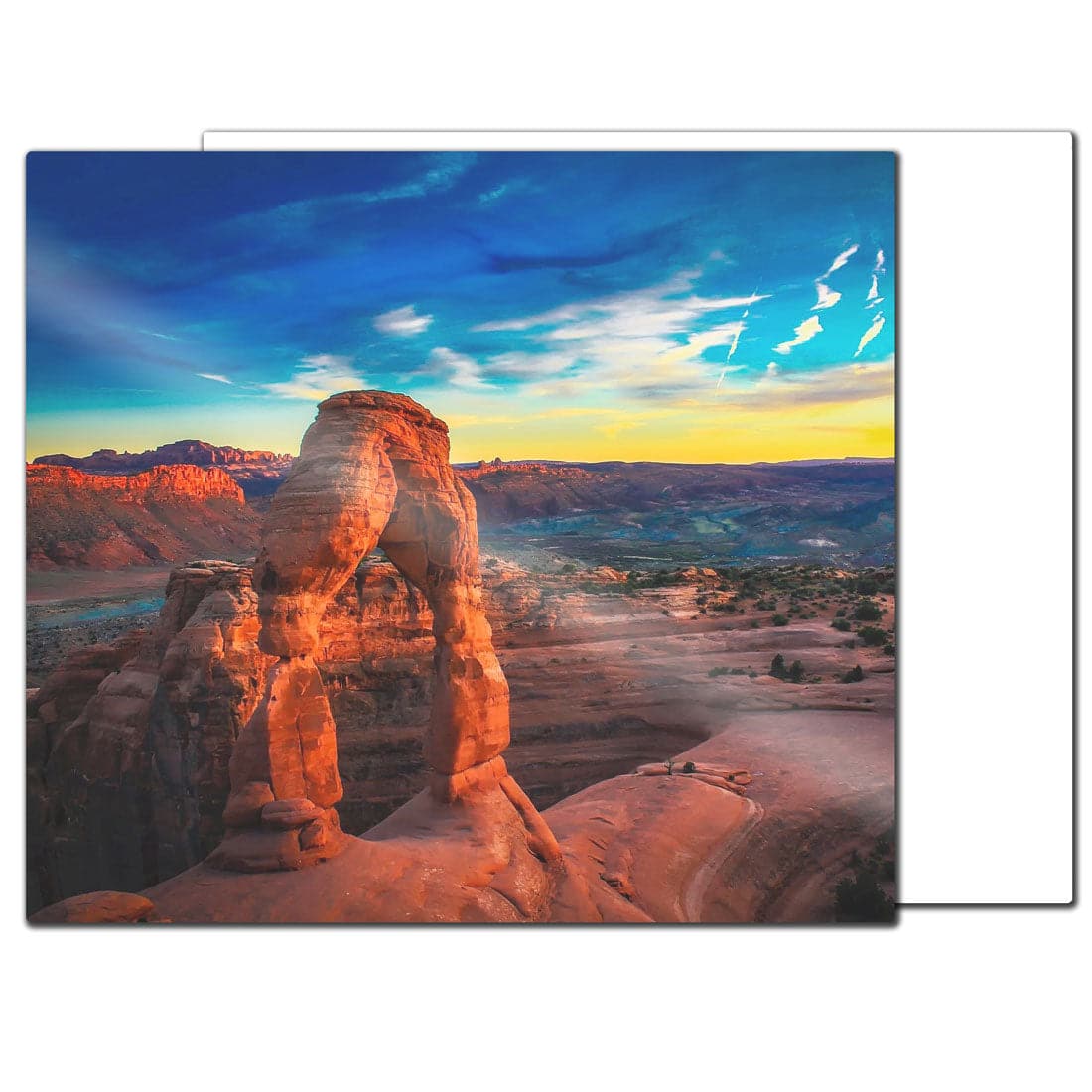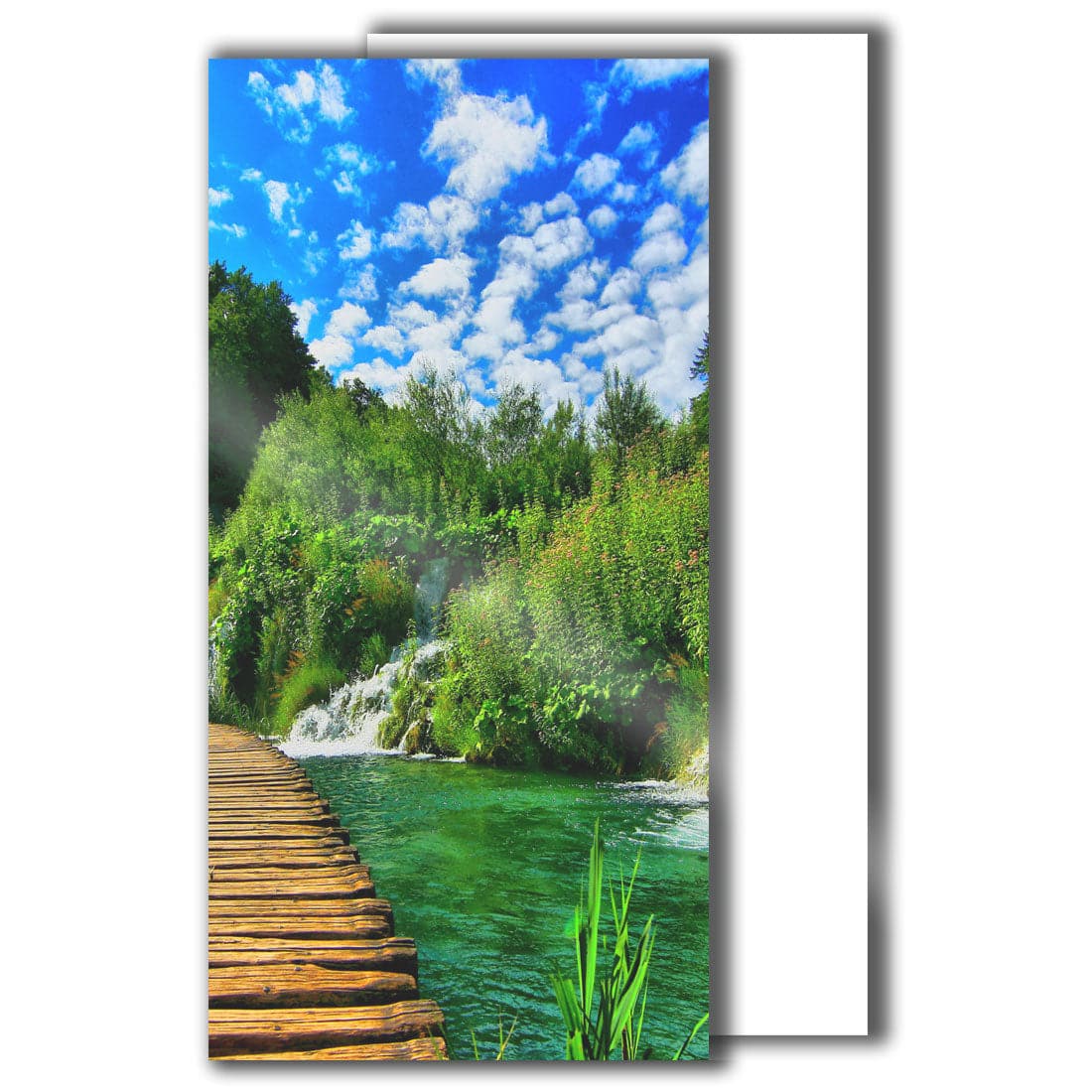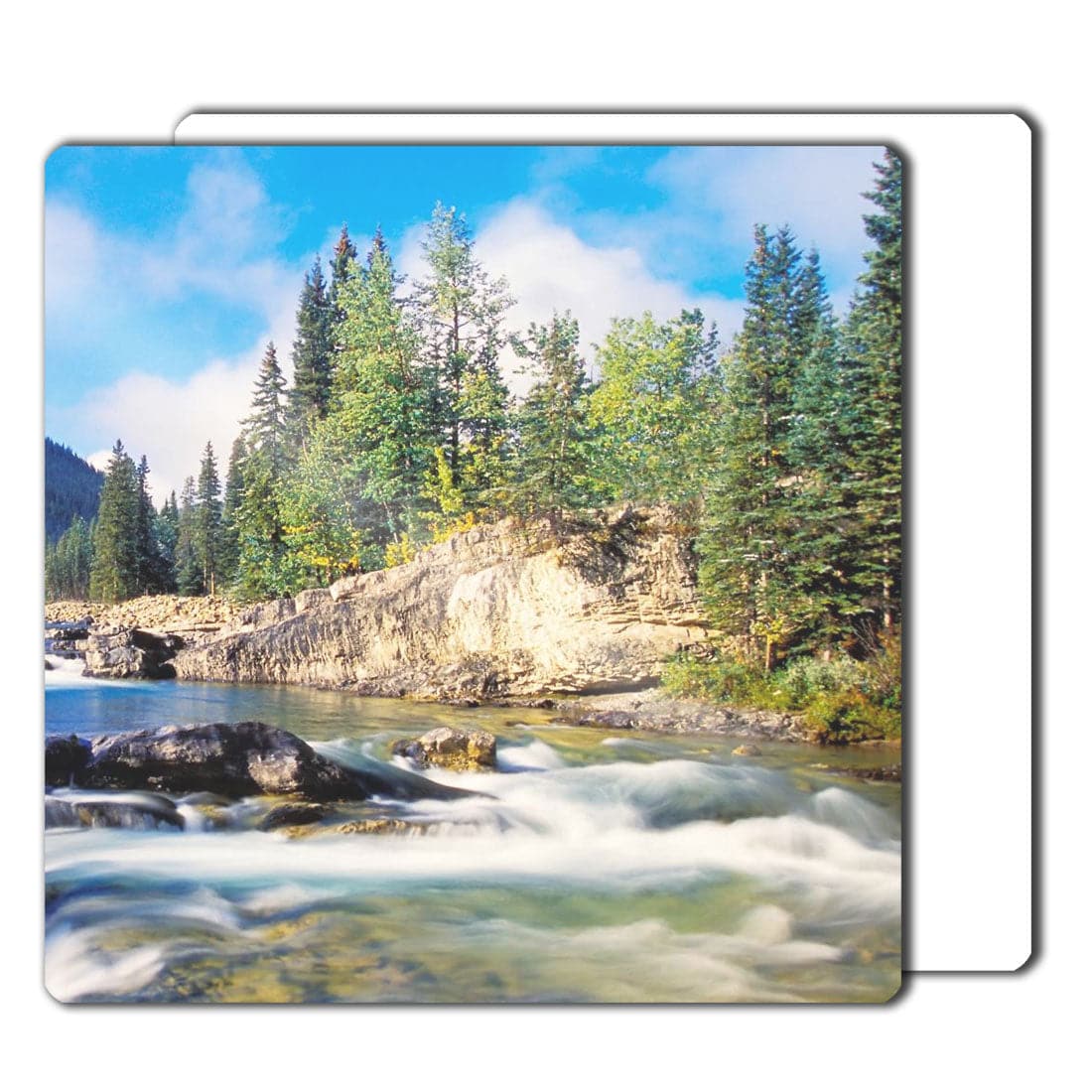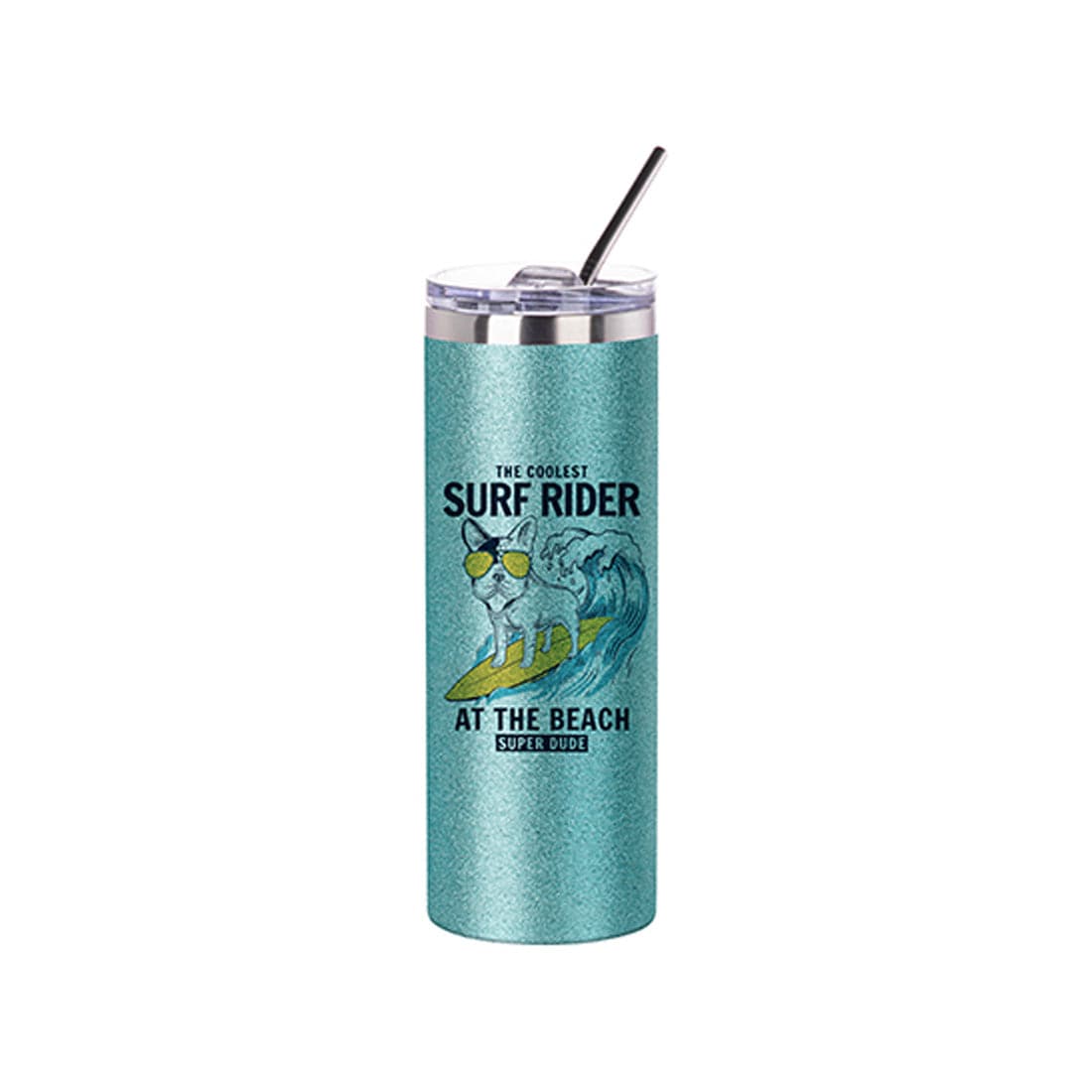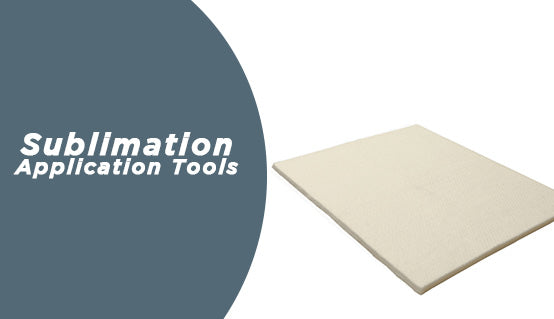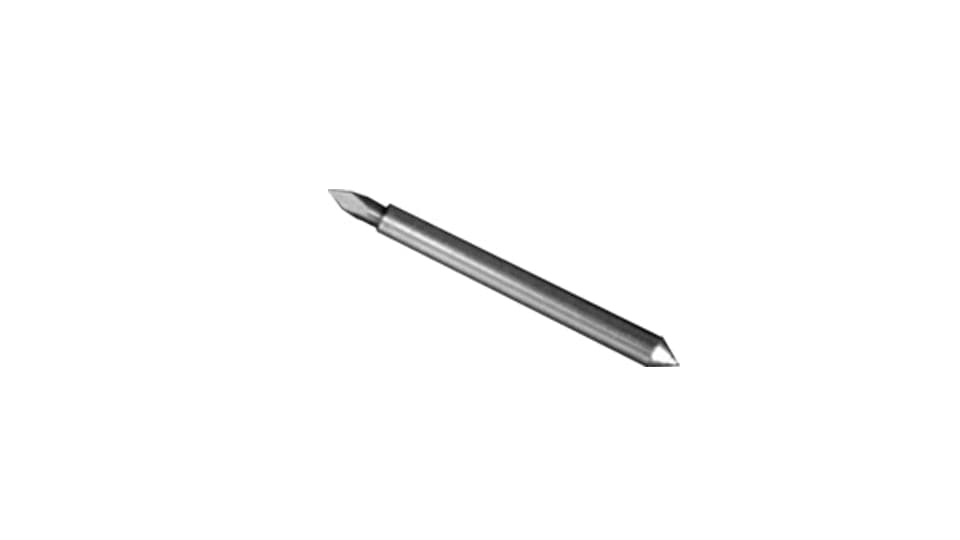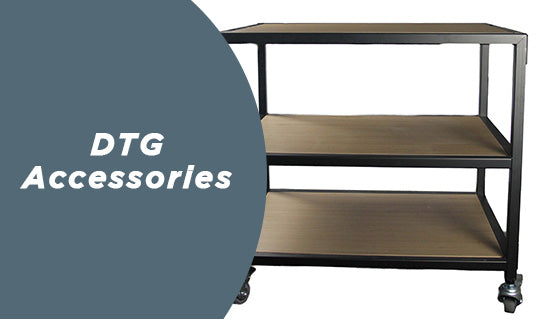Common mistakes in sublimation printing can lead to a myriad of issues, from poor print quality to wasted materials. As a small or medium-sized print shop, it is crucial to understand and avoid these pitfalls for optimal results and customer satisfaction.
In this blog post, we'll discuss the most frequent issues that can arise during sublimation printing and how to solve them. We'll explore [SS1] nozzle check problems, identifying pinwheels on printed transfers, understanding why your prints may not be as vibrant as desired, and what to do when your design doesn't transfer correctly onto sublimation blanks.
By gaining insight into these common mistakes in sublimation printing and their solutions, you can elevate your business's expertise and deliver consistently high-quality products for your clientele.
1. Nozzle Check Problems
In sublimation printing, clogged printer nozzles can lead to poor print quality and wasted materials. Identifying common nozzle issues and providing solutions to resolve them is the focus of this section.
A. Clogged Nozzles
Clogged nozzles are a frequent issue in sublimation printing, leading to missing or faint lines on the printed transfer. To prevent clogs it is essential to perform regular maintenance on your printer by running nozzle check and cleaning.
B. Misaligned Print Head
If your prints appear distorted or discolored, it could be a result of an off-kilter print head. To fix this issue, run the printer's built-in head alignment utility. Make sure that the media type setting matches the paper type you are using for optimal results.
C. Low Ink Levels
Low ink levels can cause inconsistent color output and faded prints in Sublimation Printing. Always monitor ink levels through your printer software and replace cartridges as needed before they run out completely. If the ink does run out, your printer will stop printing until cartridge is changed.
- Tip: Use high-quality sublimation inks from reputable suppliers like Joto Imaging Supplies for consistent performance and vibrant colors.
D. Incorrect Print Settings
Using the wrong print settings can result in poor print quality. Ensure that you have selected the correct media type, print resolution, and color management settings for your Sublimation printer.
- Tip: Refer to your printer's user manual or consult with Joto Imaging Supplies' technical support team for guidance on selecting the right settings.
In conclusion, by addressing these print head problems, you can ensure consistent high-quality prints in your Sublimation printing projects. Regular maintenance and using appropriate materials from trusted suppliers like Joto Imaging Supplies will help prevent issues before they occur.
When troubleshooting nozzle check problems, it is important to be thorough and patient. Next, we will discuss the common issue of pinwheels on printed sublimation transfers.
Key Takeaway: To avoid poor print quality and wasted materials in sublimation printing, it is essential to address common nozzles check problems such as clogged nozzles, misaligned print heads, low ink levels, and incorrect print settings. Regular maintenance and using high-quality materials from reputable suppliers like Joto Imaging Supplies can prevent these issues before they occur. Remember to monitor ink levels and select the correct media type, resolution, and color management settings for optimal results.
2. Pinwheels on Printed Sublimation Transfers
In sublimation printing, pinwheels are a common issue that can negatively impact the quality of your printed transfers. These small circular patterns appear on the transfer paper and can cause imperfections in the final product. In this section, we will discuss the causes of pinwheels and provide tips for avoiding them.
Cause 1: Incorrect Paper Type
One possible reason for pinwheel formation is using an incorrect type of Sublimation Paper. Not all papers are suitable for Sublimation printing; therefore, it's essential to use high-quality Sublimation-specific paper designed to work with your printer model. This will avoid dull unexciting print quality.
Solution:
- Always use high-quality Sublimation Paper recommended by your printer manufacturer or supplier.
- Avoid generic or low-cost alternatives as they may not be compatible with your printer and ink system.
Cause 2: Excessive Ink Saturation
Another common cause of pinwheels is excessive ink saturation on the transfer paper. This occurs when too much ink is applied during printing. As a result, ink can pool up and create these unwanted patterns.
Solution:
- Adjust your printer settings to reduce ink saturation levels if necessary. Consult your printer manual or contact technical support for guidance on adjusting these settings properly.
- If you're using third-party inks, consider switching back to Original Equipment Manufacturer (OEM) inks specifically designed for compatibility with your machine’s print head technology.
Cause 3: Printer Maintenance Issues
Pinwheels can also be a result of poor printer maintenance, such as clogged print heads or misaligned components. Regular cleaning and servicing are crucial to maintaining optimal printing performance.
Solution:
- Perform regular nozzle checks and cleanings according to your printer manufacturer's recommendations.
- If you continue to experience pinwheel issues despite proper maintenance, consult with a professional technician for further troubleshooting and possible repair services.
In conclusion, by using the correct Sublimation Paper type, adjusting ink saturation levels when necessary, and performing regular printer maintenance, you can effectively prevent pinwheels from forming on your printed transfers. Maintaining a high standard of output is paramount in the current competitive climate, and can be achieved by selecting suitable sublimation paper, adjusting ink saturation as needed, and carrying out regular maintenance on your printer.
Key Takeaway: Pinwheels are small circular patterns that can appear on sublimation transfer paper, causing imperfections in the final product. They can be caused by using incorrect paper types, excessive ink saturation, or printer maintenance issues. To avoid pinwheels, use high-quality sublimation-specific paper recommended by your printer manufacturer or supplier, adjust ink saturation levels when necessary and perform regular nozzle checks and cleanings according to your printer manufacturer's recommendations.
3. Printed Transfers are not Vibrant
If you've noticed that your printed transfers aren't as vibrant as expected, there could be several reasons for this issue. In this section, we'll explore some of the most common causes and provide solutions to help you achieve more vivid Sublimation Prints.
A. Incorrect Printer Settings
One of the main reasons behind dull printed transfers is using incorrect printer settings. Make sure to select the appropriate ICC profile and color management options in your printing software before starting a print job. Additionally, ensure that you're using high-quality sublimation paper and ink designed specifically for Sublimation Printing.
B. Low-Quality Images or Designs
The quality of your original image or design plays a significant role in determining how vibrant your final transfer will be. Always use images of high-res for printing with a minimum 300 DPI (dots per inch) at the size of the item you are printing to retain crispness and brilliance during the transfer process.
C. Insufficient Heat Press Pressure or Time
Inadequate heat press pressure or time can also result in less-than-vibrant prints on your Sublimated products because it prevents proper ink transfer onto the substrate material.
To resolve this issue:
- Ensure that you're following manufacturer-recommended guidelines for heat press temperature, pressure, and time based on the specific type of substrate being used.
- Periodically check if any adjustments need to be made due to wear-and-tear on equipment components like heating elements or rubber pads.
- Test different pressure settings to find the optimal level for your specific heat press and substrate combination.
D. Incompatible Substrate Materials
Not all materials are suitable for Sublimation Printing, which can lead to dull or uneven color transfer. Always use substrates specifically designed for sublimation, such as polyester fabrics or Sublimation blanks with a Sublimation coating.
By addressing these common issues, you'll be well on your way to producing vibrant printed transfers that showcase the full potential of sublimation printing technology.
In conclusion, printed transfers that lack vibrancy can be attributed to incorrect color settings or low-quality inks. Moving on, the next common mistake is when a design does not transfer correctly onto the sublimation blank.
4. Design Did Not Transfer to the Sublimation Blank
One common issue that small and medium print shops may encounter is when a design does not transfer properly onto a Sublimation blank. This can be frustrating, as it results in wasted materials and time. In this section, we will explore potential causes of the issue and provide solutions for how to address them.
A. Incorrect Pressing Time or Temperature
The most common reason for designs not transferring correctly is due to incorrect pressing time or temperature settings on your Heat Press machine. It's essential to follow the manufacturer's recommended guidelines for both time and temperature when working with different substrates, such as sublimation paper, mugs, or apparel items like t-shirts. The Sublimation Ink needs both the correct heat and time to fully develop and dye the substrate.
- Solution: Always refer to the manufacturer's instructions regarding proper pressing times and temperatures for each substrate you are using in your projects.
B. Insufficient Pressure Applied During Heat Pressing
If there isn't enough pressure applied during heat pressing, the ink from your printed design might not fully penetrate into the fibers of your Sublimation blank material, resulting in an incomplete or dull transfer of the image.
- Solution: Adjust your heat press machine according to its manual instructions so that adequate pressure is being applied throughout the entire process.
C. Using Low-Quality Substrates or Ink
Inadequate substrates (e.g., lower-grade Sublimation Paper) or inks may lead to unsuccessful transfers as they are not always intended for use with Sublimated dyes, which will result in the ink not bonding correctly to the substrate.
- Solution: Invest in high-quality substrates and Sublimation-specific ink, such as those offered by Joto Imaging Supplies to ensure optimal results with your projects.
D. Incomplete Drying of Printed Transfer Before Pressing
If your printed transfer is not completely dry before pressing it onto a sublimation blank, this may cause issues with the design transferring correctly. Wet or damp transfers can lead to uneven color distribution and poor image quality on the final product.
- Solution: Always allow your printed transfers sufficient time to dry before attempting heat pressing. This will help prevent any potential issues related to incomplete drying during the transfer process.
In summary, there are several factors that could be causing designs not to transfer properly onto Sublimation Blanks - incorrect pressing times/temperatures, insufficient pressure applied during heat pressing, using low-quality substrates or ink, and incomplete drying of printed transfers prior to pressing. By addressing these common mistakes and following best practices for each step of the process, you'll be well on your way towards achieving successful Sublimation printing results every time.
Key Takeaway: One common mistake in sublimation printing is when a design does not transfer properly onto a sublimation blank. This can be due to incorrect pressing time or temperature, insufficient pressure applied during heat pressing, using low-quality substrates or ink, and incomplete drying of printed transfers prior to pressing. To avoid these mistakes, always follow the manufacturer's instructions for each substrate used and invest in high-quality materials for optimal results.
Frequently Asked Questions Common Mistakes in Sublimation Printing
What is the problem with sublimation?
The main problems with sublimation printing include nozzle clogging issues, pinwheels on printed transfers, dull or non-vibrant colors, and incomplete design transfer to the blank. These issues can be caused by factors such as incorrect printer settings, low-quality ink or paper, improper heat press temperature and pressure, or poor maintenance of equipment.
What is the weakness of sublimation?
The weaknesses of Sublimation printing is that it must be applied to polyester-based materials and light-colored surfaces. Additionally, it may require a higher initial investment in specialized printers and supplies compared to other methods like screen-printing or digital laser copier/printer Heat Transfers. However, Sublimation offers advantages such as vibrant colors that do not fade over time and more detailed designs.
Why is my sublimation printer not printing correctly?
Your Sublimation Printer might not print correctly due to clogged nozzles from dried ink or dust particles. Other reasons could be using low-quality ink or paper products that don't work well together; outdated firmware; misaligned printhead; wrong color profiles/settings; insufficient humidity levels around your workspace all of which affect ink flow. To be successful at using Sublimation you must learn how to fix common issues.
Is there a way to fix sublimation mistakes?
In some cases, you can fix minor errors by adjusting heat press temperature & pressure settings for better results next time. Unfortunately, most mistakes cannot be undone once transferred onto substrate since they're permanent imprints Here's a guide on fixing common mistakes. Always test print before transferring onto final product.
Conclusion
Sublimation Printing can be a challenging process, but by avoiding common mistakes, you can produce high-quality prints. Troubleshooting nozzle check problems is essential to ensure that your printer is working correctly. Pinwheels on printed sublimation transfers may occur due to incorrect pressure or temperature settings.
If your printed transfers are not vibrant, it could be because of low ink levels or poor color management. Lastly, design transfer issues can arise from using the wrong type of paper, low quality Sublimation Ink or not pressing the transfer long enough or at the proper temperature.
To avoid these common mistakes in sublimation printing and achieve excellent results every time, visit Joto Imaging Supplies. Our products and services will help you improve your workflow and create stunning prints for all occasions.
